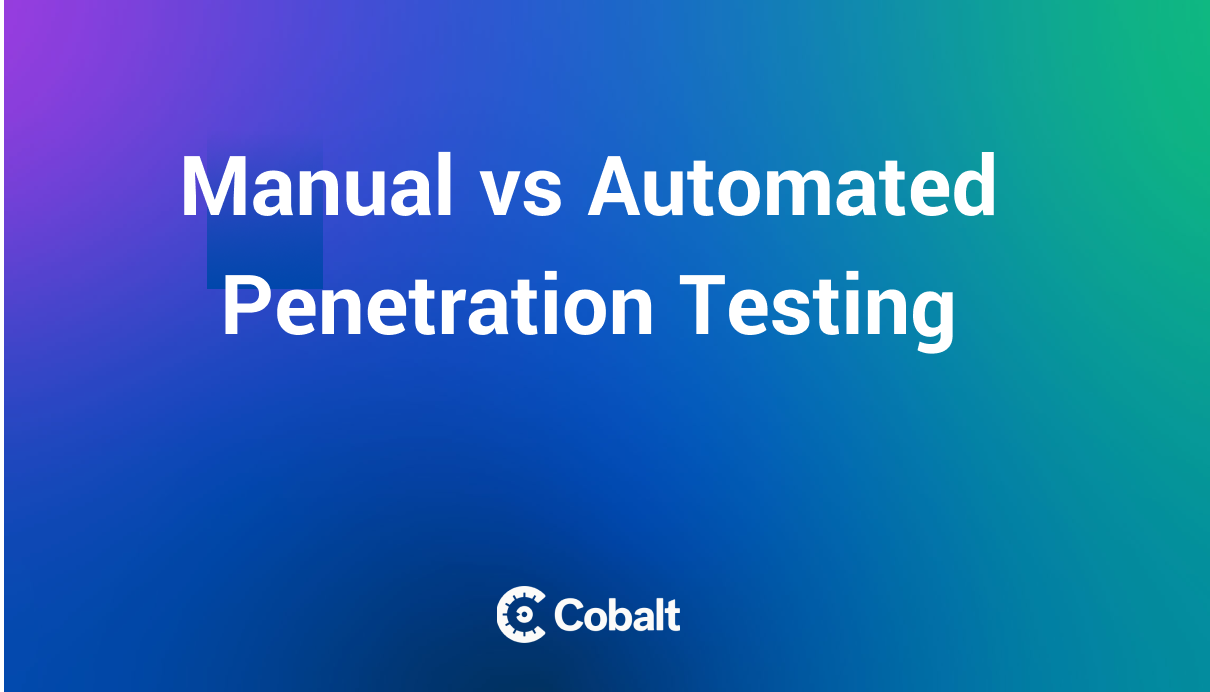Integrating security testing within the Software Development Lifecycle (SDLC) is a necessity to identify and mitigate vulnerabilities. Among the various methodologies employed for this purpose are Static Application Security Testing (SAST), Dynamic Application Security Testing (DAST), Interactive Application Security Testing (IAST), and Runtime Application Security Protection (RASP).
Each of these methods offers a different perspective on identifying vulnerabilities, with SAST analyzing source code at rest, DAST examining applications in their running state, and IAST combining aspects of both to provide real-time analysis.
The Elements of SAST
SAST involves analyzing source code, bytecode, or binary code of applications without executing them and is ideally employed during the coding phase. SAST tools analyze code for patterns or coding practices that are known to be unsafe and could potentially be exploited by attackers.
By integrating into the early stages of the SDLC, SAST allows for the early detection of security flaws, which can significantly reduce the cost and effort required to address security issues compared to finding them after deployment. These tools can also be integrated with Integrated Development Environments (IDEs) and Continuous Integration/Continuous Deployment (CI/CD) pipelines to facilitate the seamless and automated scanning of code as it is written or integrated, promoting a DevSecOps culture where security is a continuous concern throughout development.
One challenge with SAST is the potential for generating false positives, which can lead to wasted effort and resources in investigating and addressing non-existent problems. And since SAST is focused on the analysis of static code and does not evaluate the behavior of the application when it is running, it may miss vulnerabilities that only manifest during runtime or through interactions with other components and systems.
Using IAST for Cybersecurity
IAST represents a modern approach to application security testing that combines elements of both static and dynamic analysis. Unlike SAST, which scans static code, or DAST, which tests applications from an outsider's perspective during runtime, IAST works from within the application. It assesses the application in real time as it runs, providing immediate feedback on security issues by monitoring application behavior and data flow.
IAST tools are designed to be deployed directly into the application or its runtime environment, where they can monitor and analyze data processing and control flow as the application interacts with users and systems. This allows IAST to identify vulnerabilities that are only observable during the execution of the application, such as improper data handling, authentication issues, or insecure dependencies.
There are obvious advantages to this method. For example, IAST provides immediate insights into security vulnerabilities as they occur, enabling faster remediation. This is particularly useful in agile development environments, where speed and efficiency are critical. IAST's ability to monitor the application from the inside allows it to detect a broader range of issues, including those related to business logic and runtime execution, which other approaches may miss. IAST tools can be integrated into the SDLC without disrupting development workflows. They work alongside existing development and testing tools, making them a complementary addition to security testing protocols.
However, these tools are not without challenges. Implementing IAST may require changes to the application environment or deployment configurations. So, organizations must evaluate the compatibility of IAST tools with their existing technology stack.
IAST is particularly effective when integrated into CI/CD pipelines and fast-paced development environments where its analysis and feedback capabilities align well with the need for rapid iteration and continuous security assessment.
How DAST Fits into a Security Framework
DAST is a testing methodology that assesses an application from the outside in, simulating the actions of an attacker against a running application. Unlike SAST, which analyzes code at rest, or IAST, which requires integration into the application's environment, DAST operates against the fully deployed application, providing a real-world assessment of its security posture.
DAST tools interact with a web application through its front end, mimicking the behavior of potential attackers without requiring access to the source code. This approach allows DAST to identify vulnerabilities that could be exploited once the application is in production. By sending various inputs and observing the outputs and behavior of the application, DAST tools can uncover issues such as SQL injection, cross-site scripting (XSS), and authentication flaws.
This approach has several other advantages. For starters, because DAST evaluates the application from an external perspective, it can be an ideal choice for security teams that don't have access to the application's source code or for third-party service assessments. In addition, since DAST tests the exposed interfaces of an application, it is largely indifferent to the underlying technologies used to build the application. This makes DAST a versatile tool for security assessments across different platforms and architectures.
However, it's important to note that DAST can only test vulnerabilities that are observable from outside the application. It lacks the context of how the application processes data internally, which can limit its ability to identify certain types of vulnerabilities, such as those related to business logic.
While DAST tools are effective at identifying a wide range of vulnerabilities, they may also produce false positives (incorrectly flagging benign behavior as vulnerabilities) and false negatives (failing to detect actual vulnerabilities). Of course, DAST requires the application to be deployed and running, which means it can only be conducted later in the development cycle, potentially delaying the identification and remediation of security issues.
Enhancing DAST with RASP
While DAST effectively identifies vulnerabilities by simulating external attacks, Runtime Application Self-Protection (RASP) takes security a step further by providing real-time defense mechanisms within the application itself.
RASP acts as a security shield, continuously monitoring application behavior and intercepting attacks as they happen. This allows RASP to not only detect vulnerabilities but also to actively block or mitigate them in real-time, adding an extra layer of protection beyond DAST's identification capabilities.
By integrating RASP with DAST, organizations can benefit from both vulnerability discovery and active defense, creating a more robust security posture for their applications.
Choosing the Right Approach
When deciding how and when to text your software with DAST, SAST, IAST, and/or RASP tools, it's useful to consider the following factors:
- Application Type and Architecture: The structure and technology stack of an application can significantly influence which testing methodology is most effective. For instance, SAST is particularly useful for early-phase, code-heavy projects, while DAST is better suited for applications with significant runtime interaction. IAST is ideal for complex applications that require in-depth analysis both in development and at runtime.
- Development and Deployment Practices: Agile and DevOps practices favor testing methodologies that can be integrated into continuous development and deployment pipelines. IAST and SAST are particularly useful in these environments due to their ability to provide immediate feedback during the development process.
- Security Requirements and Compliance Standards: Different industries and applications have varying security and compliance requirements that can dictate the need for specific testing methodologies. For example, applications handling sensitive financial or personal data might require comprehensive testing approaches that include all three methodologies to meet regulatory standards.
Recommendations
- For Early-Stage Development: Use SAST to identify and remediate vulnerabilities during the coding phase, integrating these tools into your IDE and CI/CD pipeline for continuous feedback.
- For Applications in Production or External Services: Employ DAST to simulate external attacks and identify vulnerabilities that are exploitable in the running application. This is especially useful for third-party services where source code access is not available.
- For Agile and DevOps Environments: Leverage IAST for its ability to provide real-time feedback and comprehensive coverage, integrating seamlessly into development and deployment workflows. This is ideal for applications that are updated frequently or have complex architectures.
- Combining Approaches for Comprehensive Coverage: In scenarios where security is paramount, consider employing a combination of SAST, DAST, IAST, and RASP. This approach ensures the broadest coverage of potential vulnerabilities, from code-based flaws to runtime and integration issues. Tailor the mix of methodologies to the specific needs of the project, considering factors such as application complexity, development practices, and security requirements.
Penetration Testing and PtaaS in the Security Testing Ecosystem
Penetration testing, commonly referred to as pentesting, is designed to simulate attacks on a system, network, or application to identify vulnerabilities and security weaknesses. Unlike SAST, DAST, and IAST, which primarily rely on automated tools to uncover vulnerabilities, penetration testing incorporates human creativity and intuition. This approach enables the discovery of complex security issues that automated tools might overlook, such as business logic vulnerabilities, chained exploits, and scenarios involving sophisticated user interactions.
Synergy with SAST, DAST, IAST, and RAST
Integrating PtaaS with automated testing methodologies such as DAST, SAST, IAST, and RAST helps to support a continuous security testing strategy. While automated tools efficiently identify a broad range of vulnerabilities, PtaaS offers a nuanced exploration of how these vulnerabilities could be exploited in practice. This synergy enhances the overall effectiveness of security testing, providing a balanced approach that leverages the speed and coverage of automation with the depth and insight of human expertise.
- Validation and Verification: Penetration testing can validate and verify findings from SAST, DAST, and IAST, helping to prioritize remediation based on actual exploitability.
- Comprehensive Coverage: Combining automated testing with PtaaS ensures that both common vulnerabilities and complex, contextual security issues are identified and addressed, offering protection against a wider array of potential attacks.
- Customized Security Testing: PtaaS allows for customized testing scenarios that reflect specific threat models and risk profiles, offering targeted assessments that automated tools cannot fully replicate.
The Future of Application Scanners
Understanding the nuances between DAST, IAST, and SAST and leveraging their strengths in a complementary security testing strategy enables organizations to effectively shield themselves against a wide spectrum of cyber threats. While each testing methodology has its distinct focus areas and limitations, only a holistic approach can truly secure critical business assets against ever-evolving cyber threats.
The synergy between automated tools and human expertise will continue to evolve. The advent of artificial intelligence (AI) and machine learning (ML) technologies promises to enhance the capabilities of SAST, DAST, and IAST tools, making them more intelligent and efficient in identifying complex vulnerabilities. Similarly, the field of penetration testing, particularly through the PtaaS model, is set to benefit from these advancements, offering more sophisticated and nuanced testing capabilities that can adapt to the rapidly changing threat environment.
Moreover, the continuous evolution of software development methodologies, such as the shift toward microservices architectures and the proliferation of Internet of Things (IoT) devices, will necessitate further innovation in application security testing. These future directions highlight the importance of a dynamic and adaptive cybersecurity strategy that not only leverages the strengths of SAST, DAST, IAST, and PtaaS but also remains vigilant to the emergence of new technologies and threats.
To seamlessly integrate comprehensive security testing into your development lifecycle and enhance your cybersecurity posture, consider leveraging the expertise and innovative solutions offered by Cobalt. Our Pentesting as a Service (PtaaS) platform with DAST solution provides a modern approach to security assessments, combining the efficiency of automated testing with the depth of human expertise. Whether you're looking to fortify your applications against the latest threats or ensure compliance with stringent industry standards, Cobalt delivers tailored solutions that align with your unique security needs.








